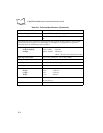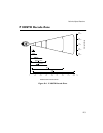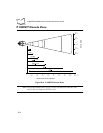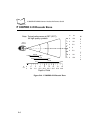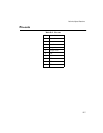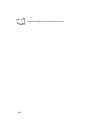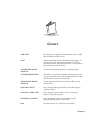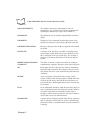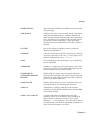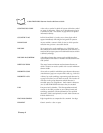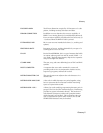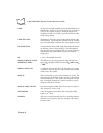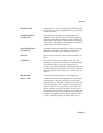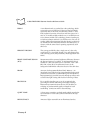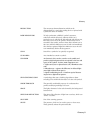
Glossary-2
P 300 STD/FZY/PRO Scanner Product Reference Guide
BAR CODE DENSITY The number of characters represented per unit of
measurement (e.g., characters per inch in one-dimensional
symbologies, characters per square inch in PDF417).
BAR HEIGHT The dimension of a bar measured perpendicular to the bar
width.
BAR WIDTH Thickness of a bar measured from the edge closest to the
symbol start character to the trailing edge of the same bar.
BAR WIDTH DEVIATION Increase or decrease in bar width as compared with nominal
bar width.
BAUD RATE A measure of the data flow or number of signaling events
occurring per second. When one bit is the standard "event,"
this is a measure of bits per second (bps). For example, a
baud rate of 50 means transmission of 50 bits of data per
second.
BIDIRECTIONAL READING
CAPABILITY
The ability to decode a symbol successfully by reading in
complementary (opposite) directions across bars and spaces.
BIT Binary digit. One bit is the basic unit of binary information.
Generally, eight consecutive bits compose one byte of data.
The pattern of 0 and 1 values within the byte determines its
"meaning."
BUFFER An area of memory allocated for data storage. In this
context, a buffer's data storage capacity is needed when data
can flow into the device more quickly than the device can
process that data. Buffering the data preserves it until it can
be processed.
BYTE On an addressable boundary, eight adjacent binary digits (0
and 1) combined in a pattern to represent a specific character
or numeric value. Bits are numbered from the right, 0
through 7, with bit 0 the low-order bit. One byte in memory
can be used to store one ASCII character.
CHARACTER A pattern of bars and spaces which either directly represents
data or indicates a control function, such as a number, letter,
punctuation mark, or communications control contained in
a message.



